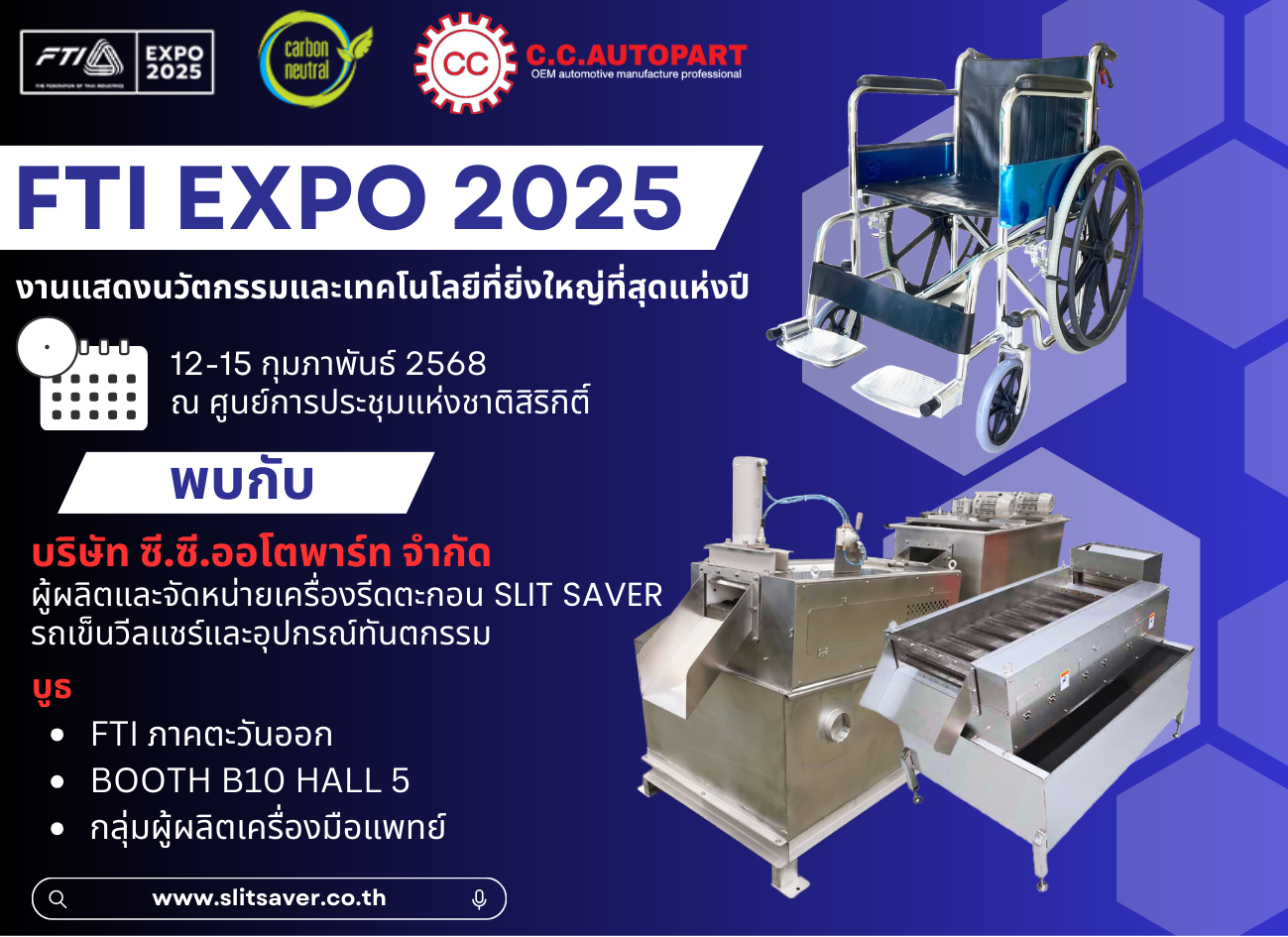Get to know “metal forming”: what is it and what are the processes involved?
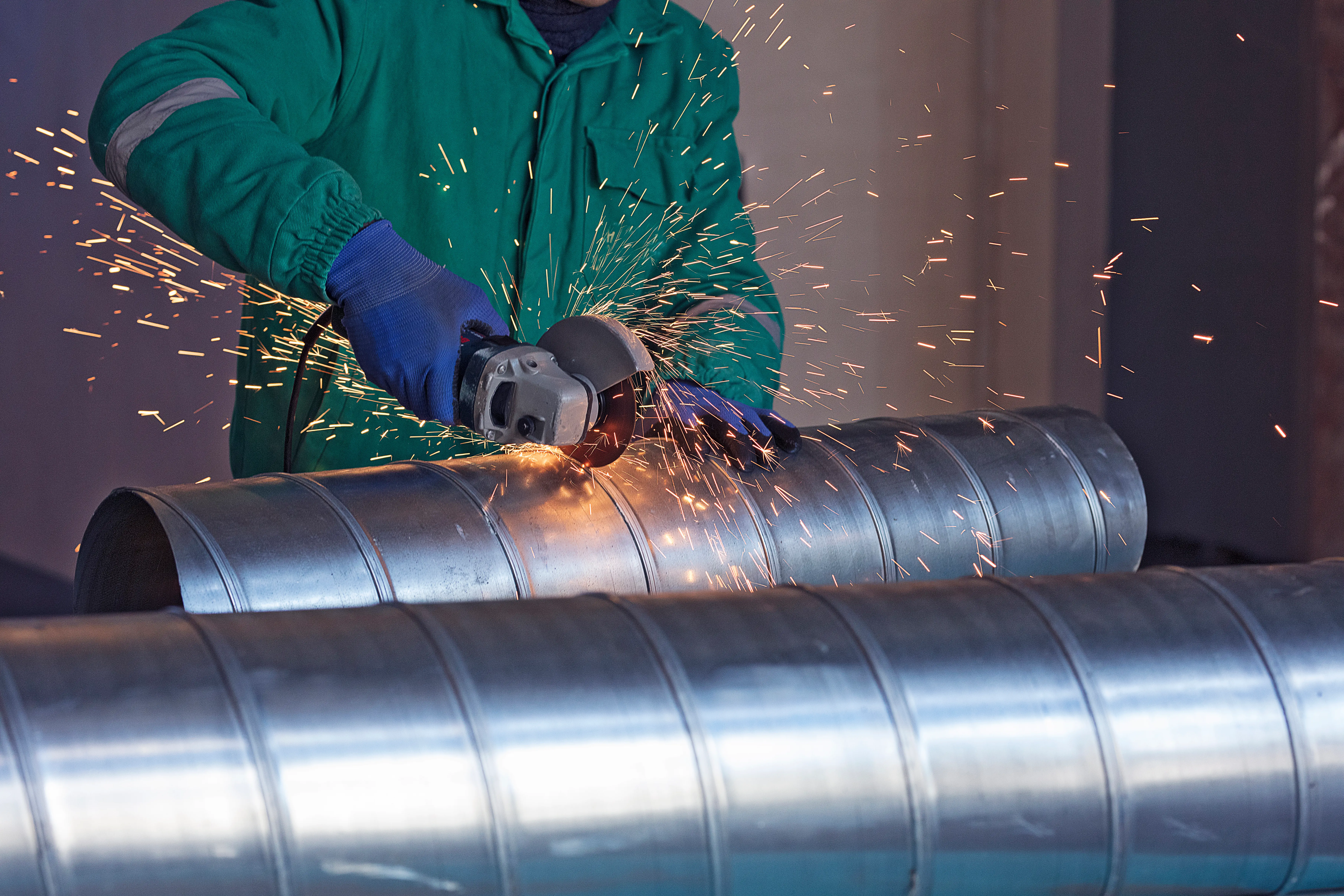
From the last time, if anyone has read the article about the industry 'CNC Lathe VS General Lathe, what are the differences?' This time, C.C.Autopart would like to invite you to get to know the metal forming industry, which is another one of our services.
Metal forming or Metal Forming Process is a type of manufacturing process that changes the shape of materials or raw materials into workpieces with the desired shape and form using a mold or specific tool (Die/Forming Tool) to form metal while the material is still in solid form. This method is different from turning (Machining Process) or casting (Casting Process) in that metal forming does not waste scrap and does not change the internal composition of the material.
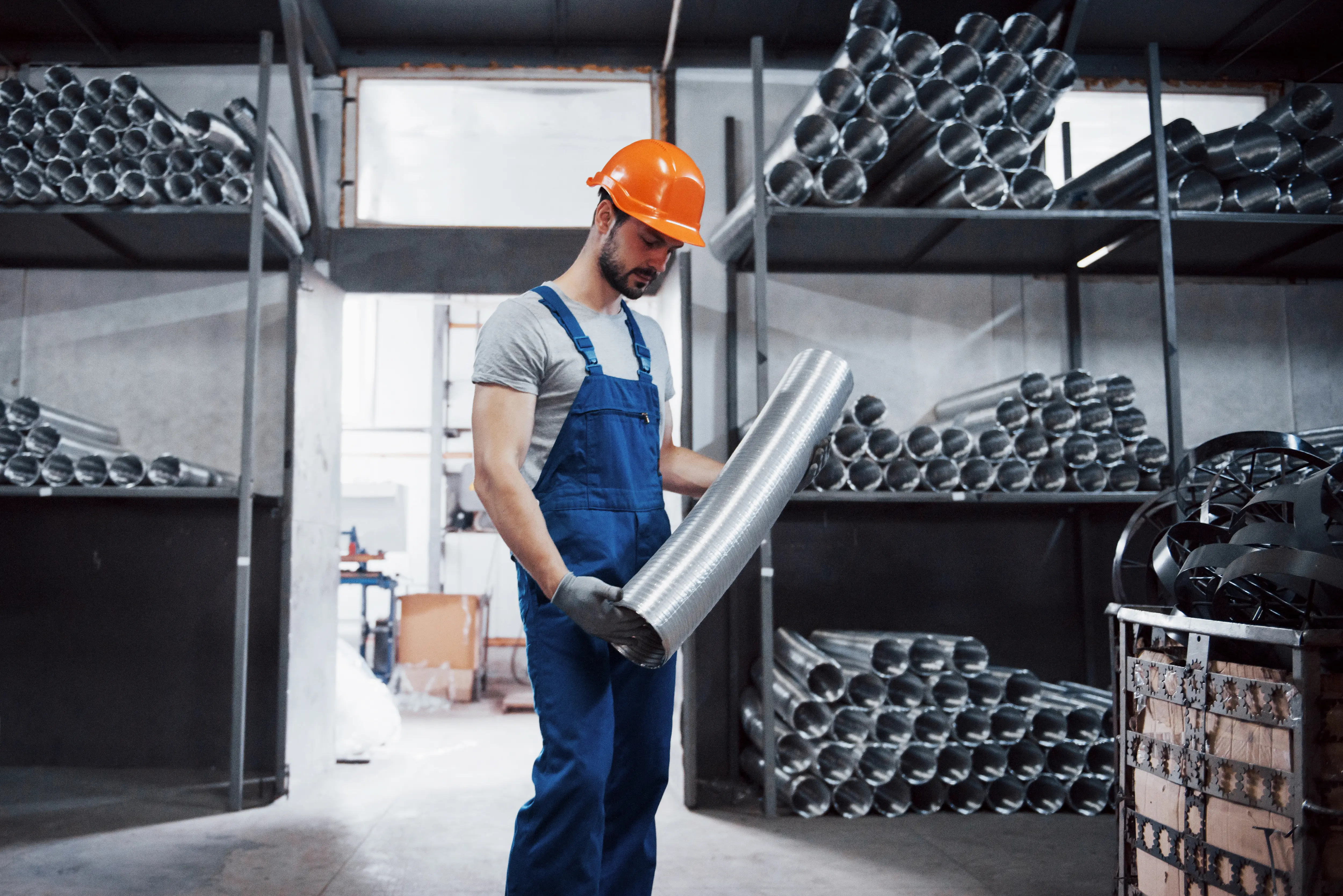
Metal forming is one of the processes for producing structural parts and components of various electrical appliances, including the structures and components of various vehicles such as cars and airplanes, and even parts of machinery in industrial plants. It can be said that it is an important process and the starting point of many other things, such as sheet metal used for custom metal work, stainless steel sheets used to make tables, stainless steel used to make stainless steel cymbal legs. All of these things must have gone through the metal forming process.
Today, C.C.Autopart will take everyone to explore the realm of “metal forming” from the first step and get to know this process together. What are the classifications? And even the metal forming process.
Classification of metal forming processes
Now that we have learned what metal forming is, in this section we will get to know the metal forming process. Generally, metal forming can be classified into 2 parts: classification by starting material and classification by metal forming process.

Classification by starting material
It can be divided into 2 types: Sheet Metal Forming Process and Bulk Metal Forming Process.
1. Sheet Metal Forming Process
This process consists of the shearing process, which is a process of cutting sheet metal with punches, blades, and dies to obtain sheet metal with the desired shape before using it in the next process, which is the bending process, which is a metal forming process by folding the metal up from a straight line until the metal is bent and permanently deformed, causing the metal to have a depth greater than or equal to the diameter of the workpiece, such as a soft drink can or food packaging, etc.
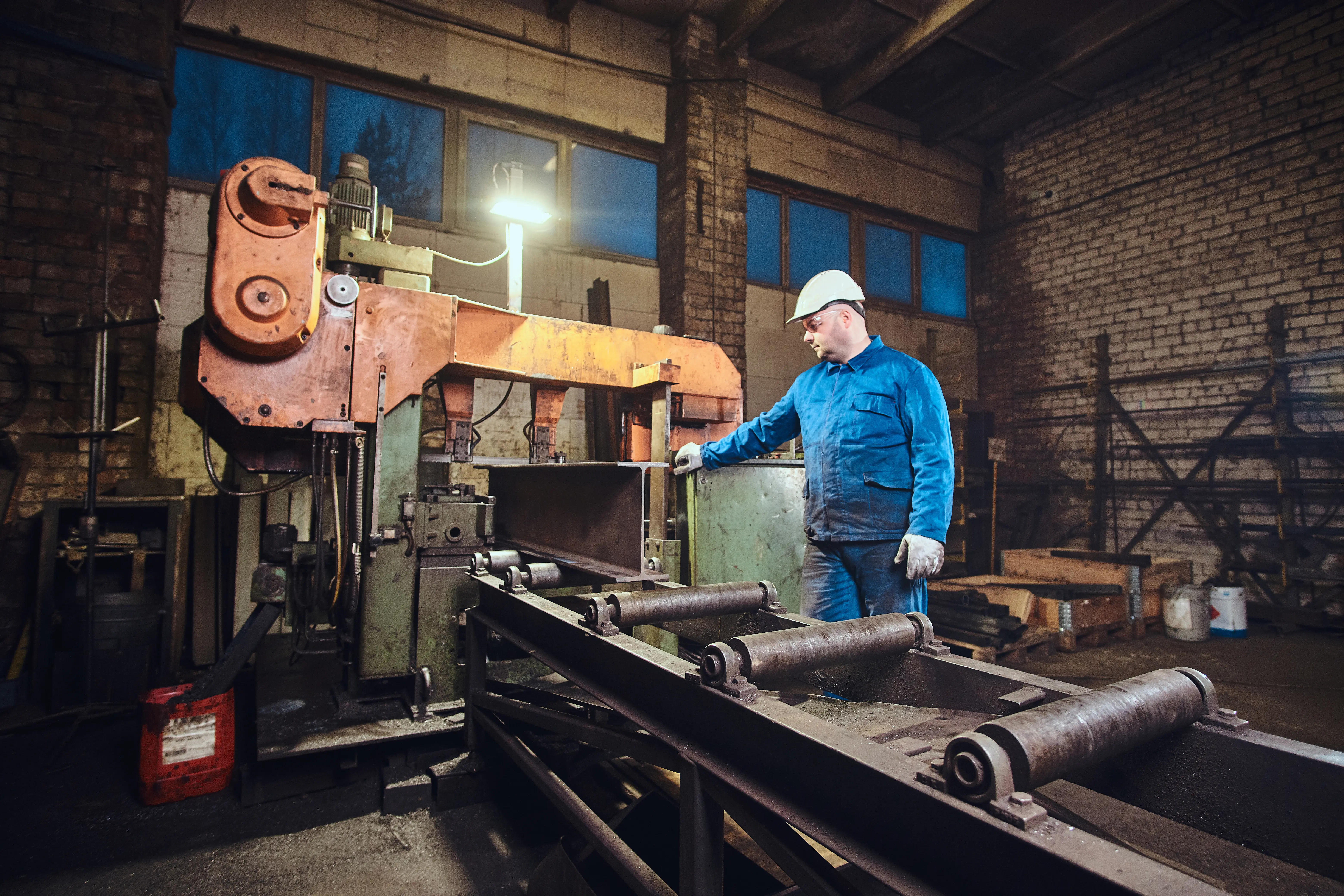
2. Bulk Metal Forming Process
The metal forming process consists of many different processes, such as forging, extrusion, and rolling. Each process has a different working process. We will elaborate on all 3 processes as follows:
- Forging Process
It is a process of transforming metal into various workpieces using the force of the machine, whether it is hammering, hitting, or squeezing. This process is often used to form metal pieces with shoulder or edge shapes.
- Extrusion Process
It is a process of transforming metal by inserting metal into a die to compress or push it into the die and push it out using a mechanical or hydraulic press. The characteristics of the cross-sectional surface of the metal obtained depend on the die used, but this process allows the formed metal to have a complex cross-section and be consistent along its length.
- Rolling Process
It is a process of reducing the thickness or changing the size of the cross-sectional area of a metal sheet by applying pressure through a roller, causing compression on the metal, resulting in the metal formed as desired.
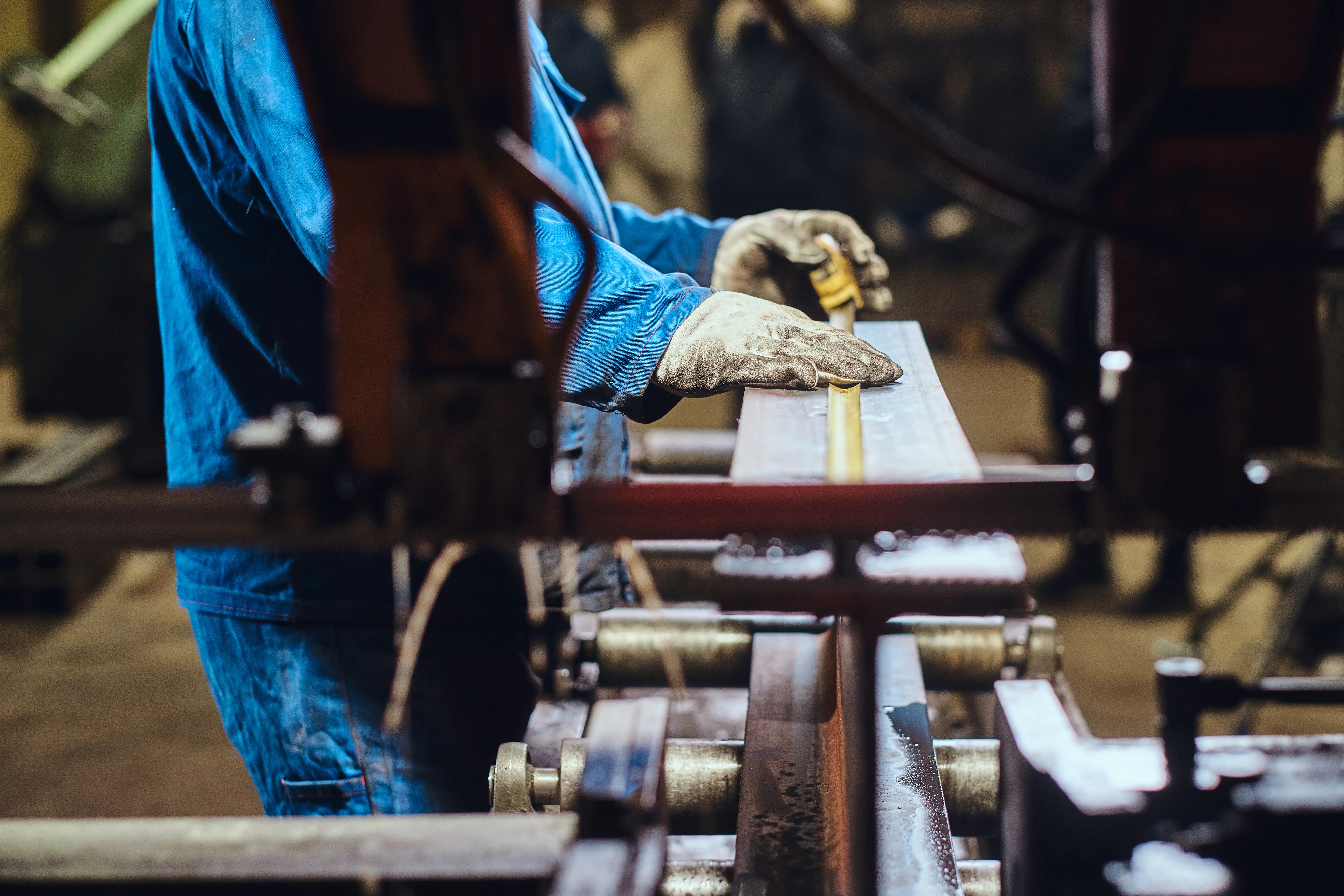
Classification by metal stamping process
Similar to the classification by starting material, the classification by metal stamping process can also be divided into two main types: hot working and cold working.
1. Hot Working
It is a process of making metals at a high temperature until they recrystallize, but at a temperature lower than or lower than the melting of the metal or material, changing its shape. There are many methods of hot metal forming, such as forging, hot rolling, drawing and cupping, pipe welding, piercing, extruding and spinning.
2. Cold Working
It is a process of rolling and forming metals to permanently change their shape. It uses a temperature of about 20-25 degrees Celsius. There are many methods of cold metal forming, including bending, cold rolling, extruding, squeezing, shear spinning, stretching, straight bending, shot peening, deep drawing, forging, or hobbing.
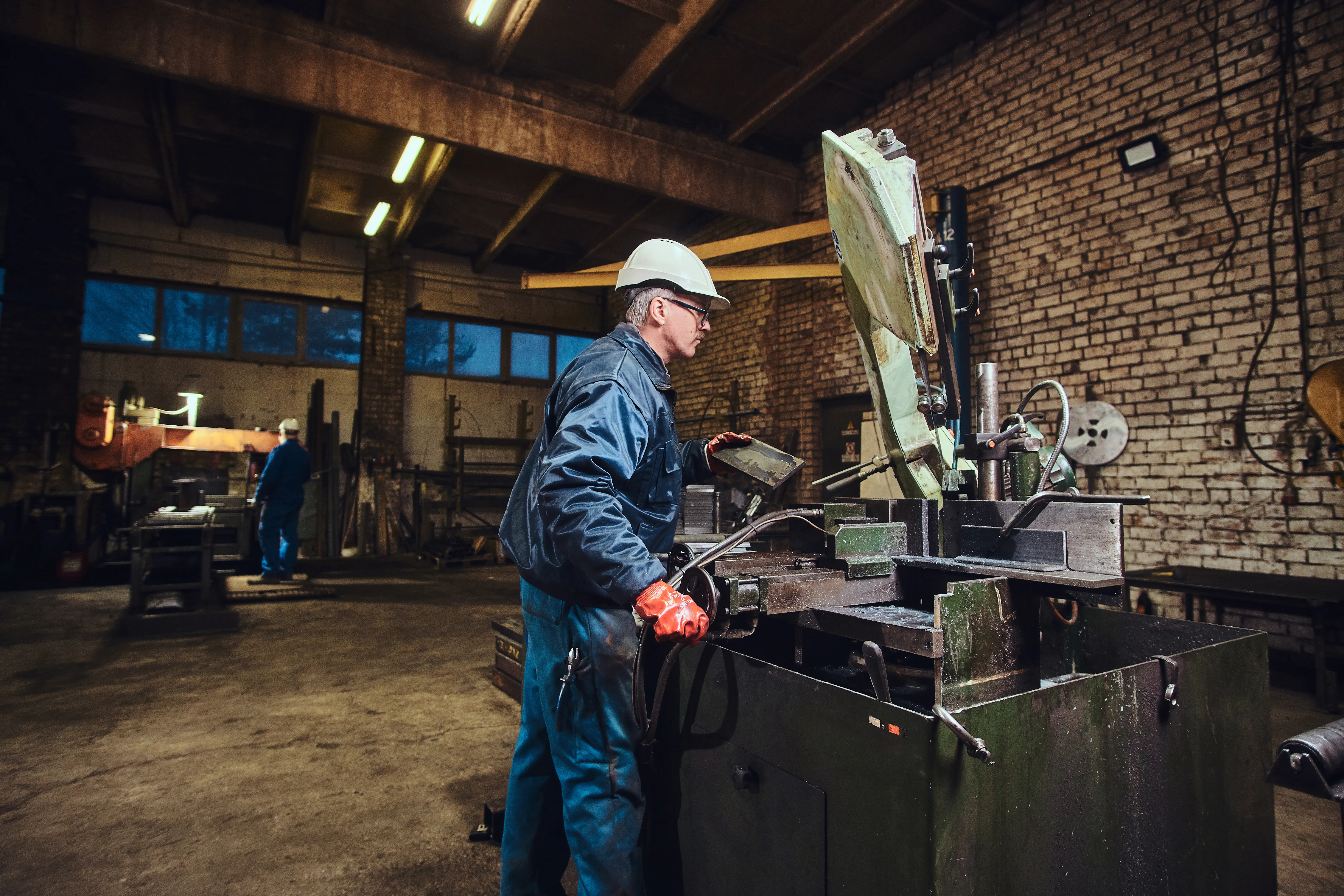
By reading this far, many people should have a better understanding of the basic metal forming process. If you are looking for a metal forming factory that has the knowledge, tools, expertise, and reliability, our company C.C.Autopart can meet your needs very well. We are a company that produces metal parts according to the design, whether it is steel, stainless steel, or aluminum, etc. With high-precision machinery, we can produce from the first step to the last step and can produce everything from spare parts to finished pieces. In addition, we are a company that both domestic and international customers trust.
